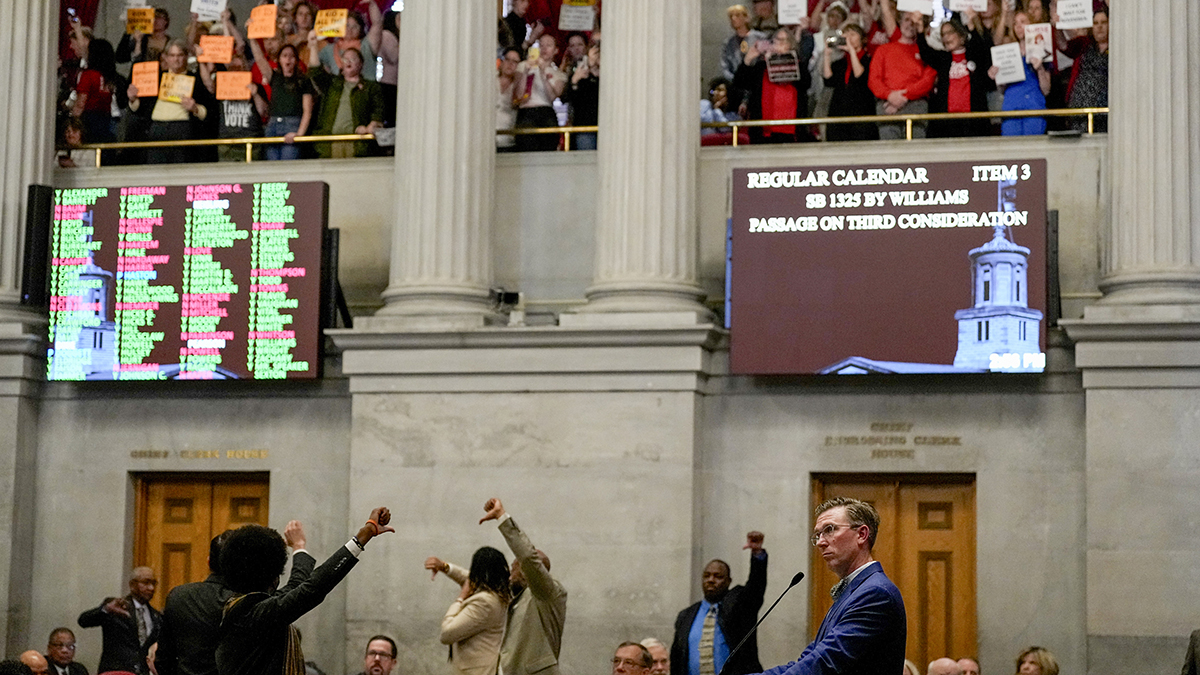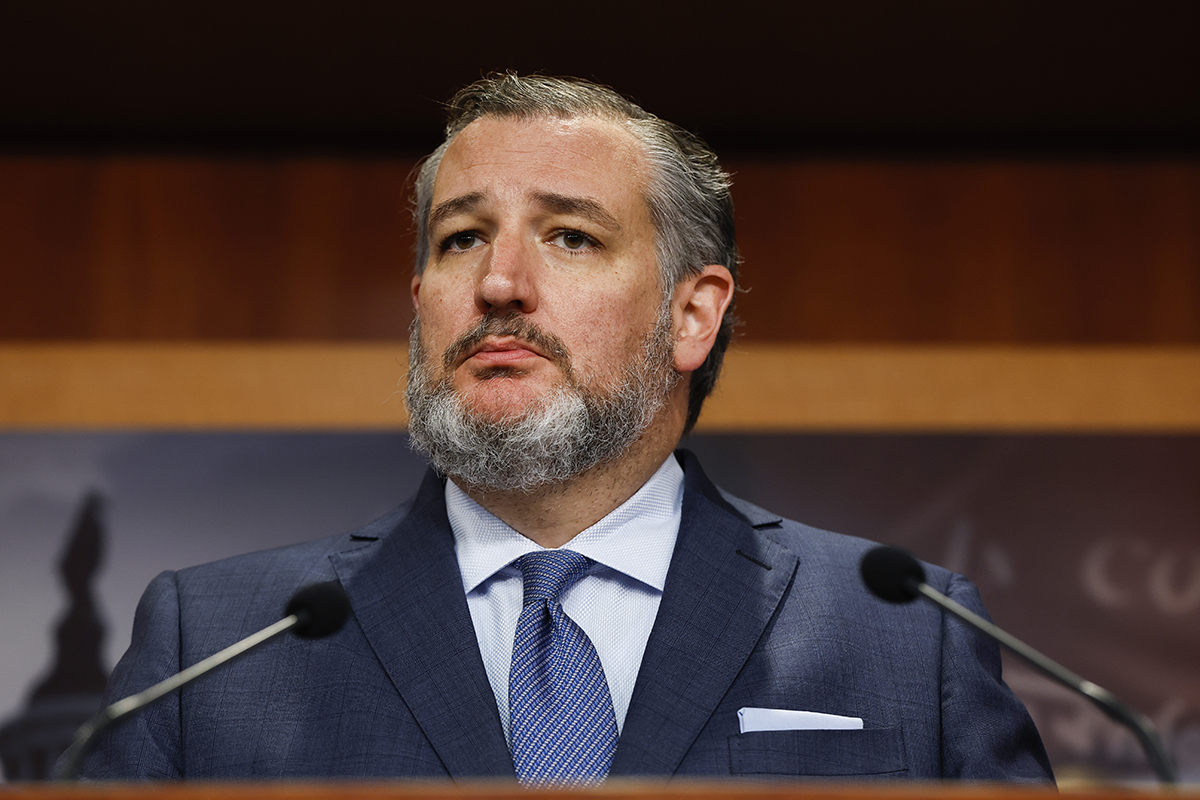They're asking pastors to text their congregants about the importance of voting. They're connecting with thousands of Puerto Ricans displaced by Hurricane Maria. And they're relying on groups like the NAACP, which has tripled its spending from 2016 to energize black voters.
Less than three weeks before Election Day, Democrats are sparing nothing to make sure their voters head to the polls. It's all part of an effort to avoid the disappointment of previous elections when low turnout dashed high expectations.
"2016 was a low point for a lot of us," said Jamal Watkins, vice president of engagement at the NAACP. "People have awakened and said, 'Wait a minute, we can't lose, and we can't lose like this.' Folks are fired up to reinvest in turnout."
Younger voters and voters of color tend to stay home in non-presidential elections, making the midterm electorate older, whiter and more Republican-tilting. But that could change this year, Democrats and outside groups say, if unprecedented efforts to reach so-called infrequent voters galvanize people who previously sat on the sidelines.
Democrats have reason for optimism: The party saw strong turnout in nearly a dozen federal special elections ahead of the midterms, with Democratic candidates consistently outperforming Republicans.
But the organizing flurry comes amid concerns over ballot access and election security, which have become a flashpoint in the high-profile gubernatorial race in Georgia. There is also mounting anxiety about whether efforts to mobilize Latino voters will translate into votes, particularly in several key races in heavily Latino districts.
The party is spending big to ward against such threats.
Politics
The Democratic Congressional Campaign Committee, the party's arm focused on House races, is spending more than $25 million in 45 battleground districts to mobilize female voters, millennials, African-Americans and Hispanics, officials said. That's a far more significant investment than past cycles.
The committee is putting an emphasis on turning out African-American women, including running advertising focused on black women ages 18-39 in more than 40 districts. The DCCC has also run Spanish-language TV and radio ads across the country.
Between field efforts and paid media, voters of color in targeted swing districts will have heard from the DCCC more than 100 times in the closing 60 days of the election. And in a twist, some of the outreach this year will be facilitated by local community leaders instead of anonymous politicos.
"As an example of the local voter contact and text messaging program that we are doing, we are partnering with a series of pastors and local validators across the country," said DCCC Executive Director Dan Sena. "When you're getting a text message saying 'hey - early vote's starting,' you're not getting it from someone in Washington D.C. You're actually getting it from somebody in Georgia that has a big delegation, or you're getting it from someone on campus that you know."
The Democratic National Committee also beefed up its voter database, purchasing 94 million cellphone numbers, according to a DNC official who spoke on the condition of anonymity to discuss internal strategy. The official said the additional cell phone numbers have helped with voter contact in key races across the country, including encouraging sporadic voters to participate.
Republicans say they have their own well-organized, well-funded turnout machine that dwarfs Democrats' efforts.
A Republican National Committee aide said the organization has raised more than $250 million this cycle, invested in 28 states, more than 540 paid staffers and thousands of volunteers who are focused on turning out Republicans who don't vote often and swing voters who participate more frequently. The committee raised more than $150 million during roughly the same period ahead of the 2014 midterms. The aide said the RNC has made more than 50 million voter contacts, either over the phone or by going door-to-door
The Democratic organization effort goes beyond the traditional party structure.
NextGen America, the advocacy group backed by billionaire environmentalist and donor Tom Steyer, is injecting more money into a closing push to rally young voters. The group will spend more than $4 million on digital ads across 11 states, targeting more than 4.3 million young voters. NextGen is also running the first political ads on Twitch, a popular video streaming service, as well as places like Reddit, Spotify and Pandora.
"Young people in general feel like they've really been shut out of the system," said Aleigha Cavalier, a spokeswoman for NextGen America. "Our goal with digital is to find a message that works for them and actually put it where their eyeballs will see it."
The Human Rights Campaign's Equality Votes PAC launched a more than $2 million campaign across eight key races spanning digital, direct mail, text and phone voter contact.
The NAACP's campaign is targeting more than 5 million "infrequent" black voters, including in the key states of Florida, Georgia and North Carolina, in a $6 million voter mobilization push, up from $2 million spent on mobilization in 2016. The push includes upward of 20 staffers focused on mobilizing black voters, the majority of those, according to Watkins, working in key states with thousands of on-the-ground volunteers.
In Georgia, the organization is targeting more than 700,000 "infrequent" voters. In Florida, the number swells to more than 900,000.
The NAACP is not the only group that's boosting its turnout effort. The AFL-CIO, the nation's largest labor federation, also shifted its strategy. Julie Greene, who is leading the union's mobilization efforts, said that in 2014 and 2016, the union experimented with an independent expenditure program that had more of a focus on the general public, rather than the union's member-to-member program. The union found that its members had not turned out in support of labor-endorsed candidates at the same levels as in the past.
The union now hopes to increase turnout among its members by 5 percent, up from 57 percent in 2014. But it is also investing significantly in mobilizing Hispanic and African-American voters. Last week, the union announced plans to air ads on African-American and Spanish-language radio in 26 media markets. The buy is in the high six figures, according to an AFL-CIO official, and will air in English and Spanish through the November election.
"With so many seats being up, what we knew was every vote was going to count," Greene said. "As a person of color, a young African-American woman, it was important for me to make sure with the resources we were putting out there, we were also reaching out to those communities who are our strongest allies: Those were brown and black communities."



